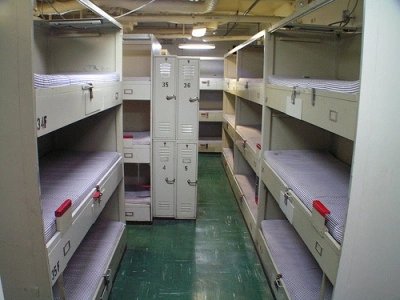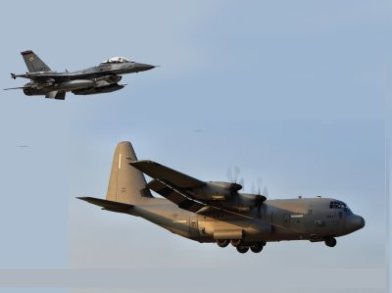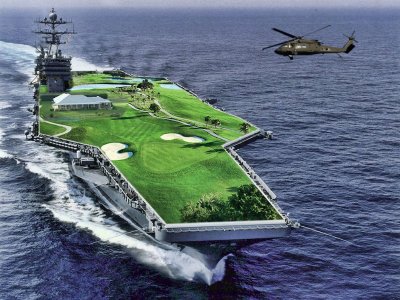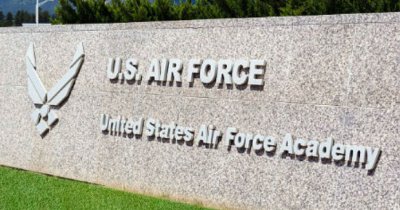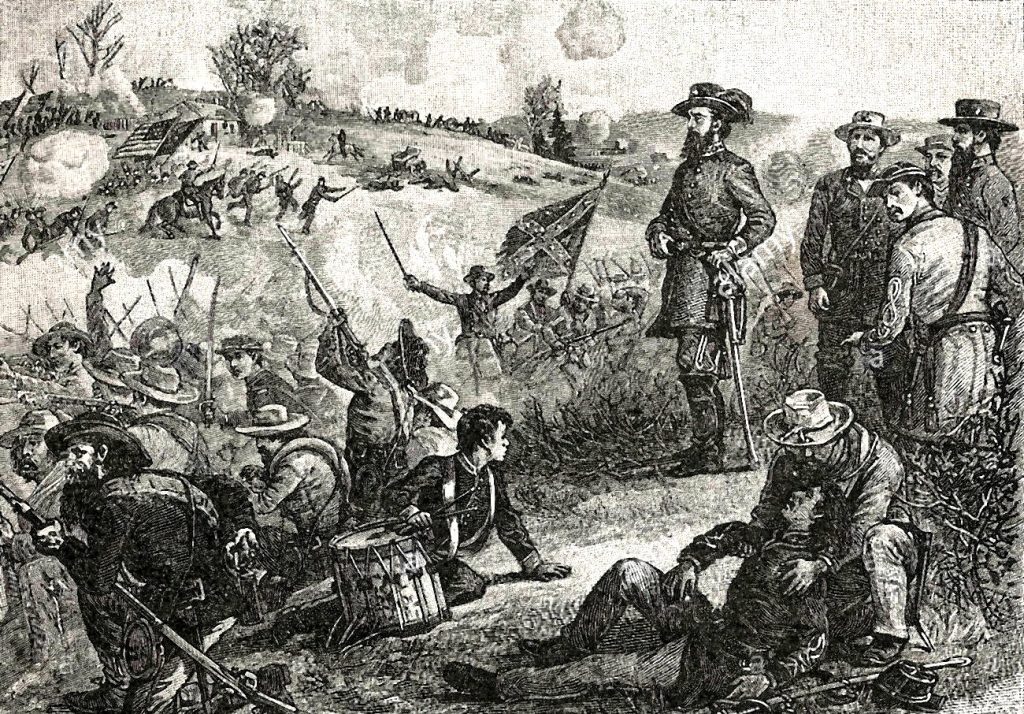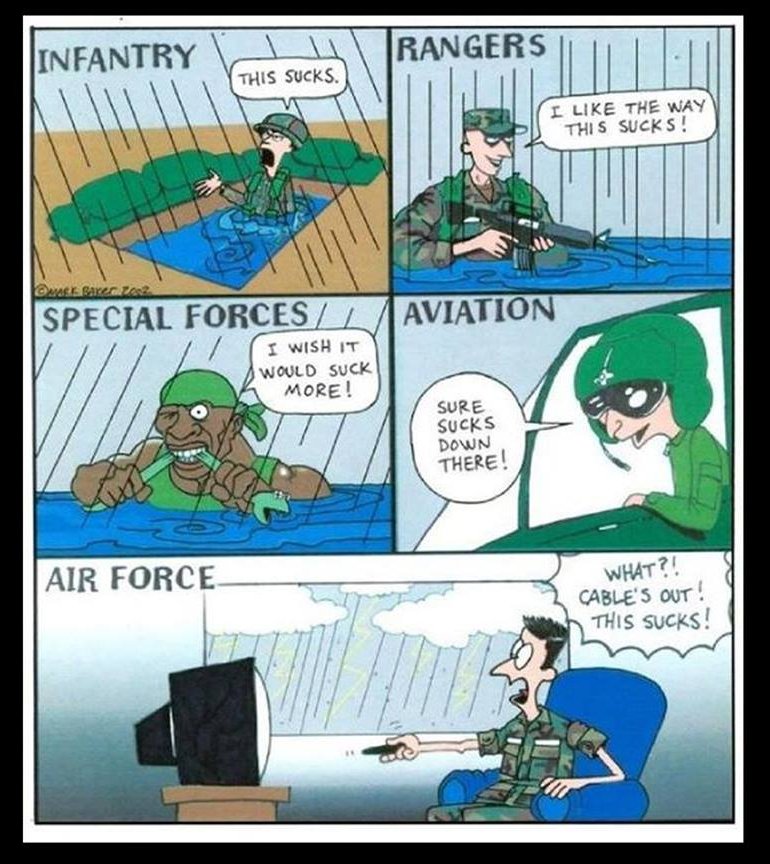
A Soldier, a Sailor, an Airman and a Marine continually argued about which of the four American Armed Service was “the Best.” The soldier said, “There is no victory unless the ground troops overcome the enemy in their own territory.” The airman added, “But how are you going to get there without the air transportation? That’s why we broke away from the Army Air Corps, you couldn’t handle it.” “You’re not the only game in town, airman,” the sailor chimed in, “the Navy can deliver!”. “Yeah, three weeks later on your fastest boat,” said the marine. “The conflict will be over by then.” chirped the soldier. “Well, we really don’t need you ground-pounders.” the marine said. “The Corps can conduct ground operations as well – You know we’re a department of the Navy… The ‘Men’s Department’.
And so the debates continued and there was heated discussion, and the impasse lasted throughout their entire careers, until they each eventually passed away. Together, they found themselves standing at the Pearly Gates of Heaven in front of St. Peter.
“St Peter, they asked. “We have fought over this single question our entire lives. Can you tell us, which branch of the American Armed Forces is the best?”
St. Peter replies: “I can’t answer that. But, we can ask God about it.” Suddenly, a sparkling white dove lands on St. Peter’s shoulder. In the dove’s beak is a note glistening with gold dust. St Peter opens the note, trumpets blare, gold dust drifts into the air, harps play crescendos and St Peter begins to read it aloud to the four veterans:
MEMORANDUM TO SOLDIERS, SAILORS, MARINES, AND AIRMEN
SUBJECT: Which Military Service Is The Best?
1. Gentlemen, All the Branches of the Armed Services are ‘Honorable and Noble.’ Each of you have a dedicated place in the defense and service of your country. Each of you has served your country well and with distinction.
2. Being a member of the American Armed Forces represents a special calling. Not just anyone is suited to serve. It requires a special sacrifice, a dedication, and commitment to the warrior spirit and an ability to value the lives of your fellow countrymen above your own. These are characteristics that warrant special respect, tribute, and memorial. So, each of you should be proud of the service that you gave to your country and comrades, regardless of the branch of the military in which you served.
Very Respectfully,
GOD
United States Air Force (Retired)



